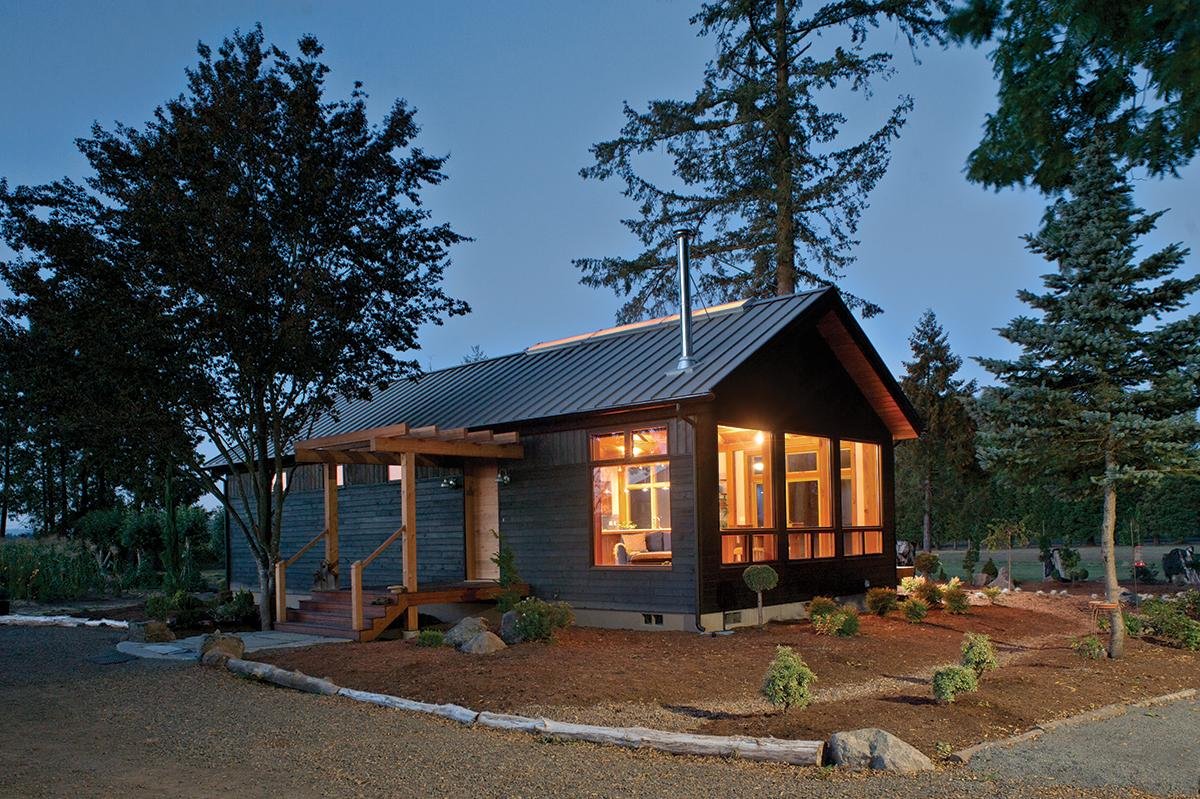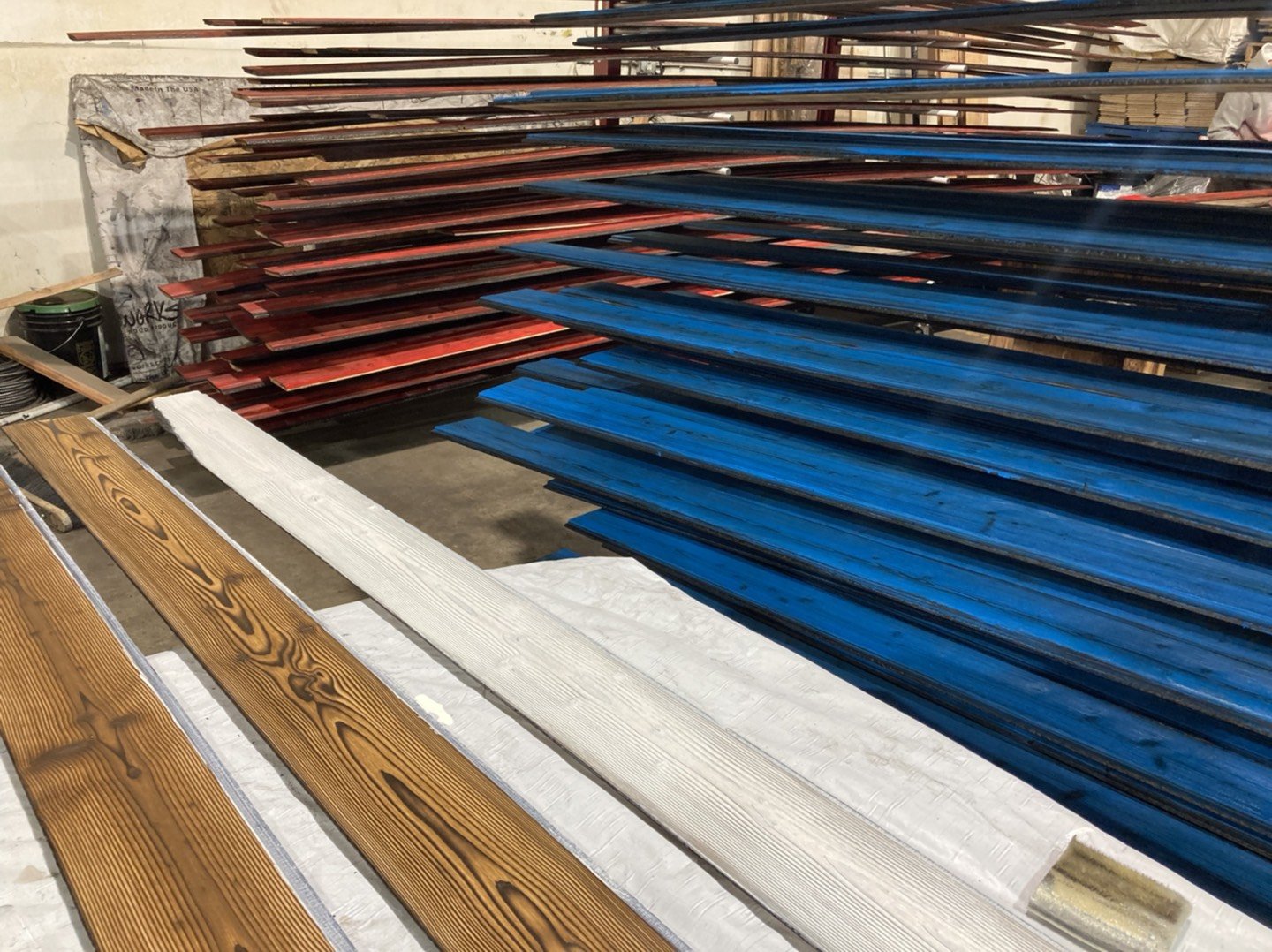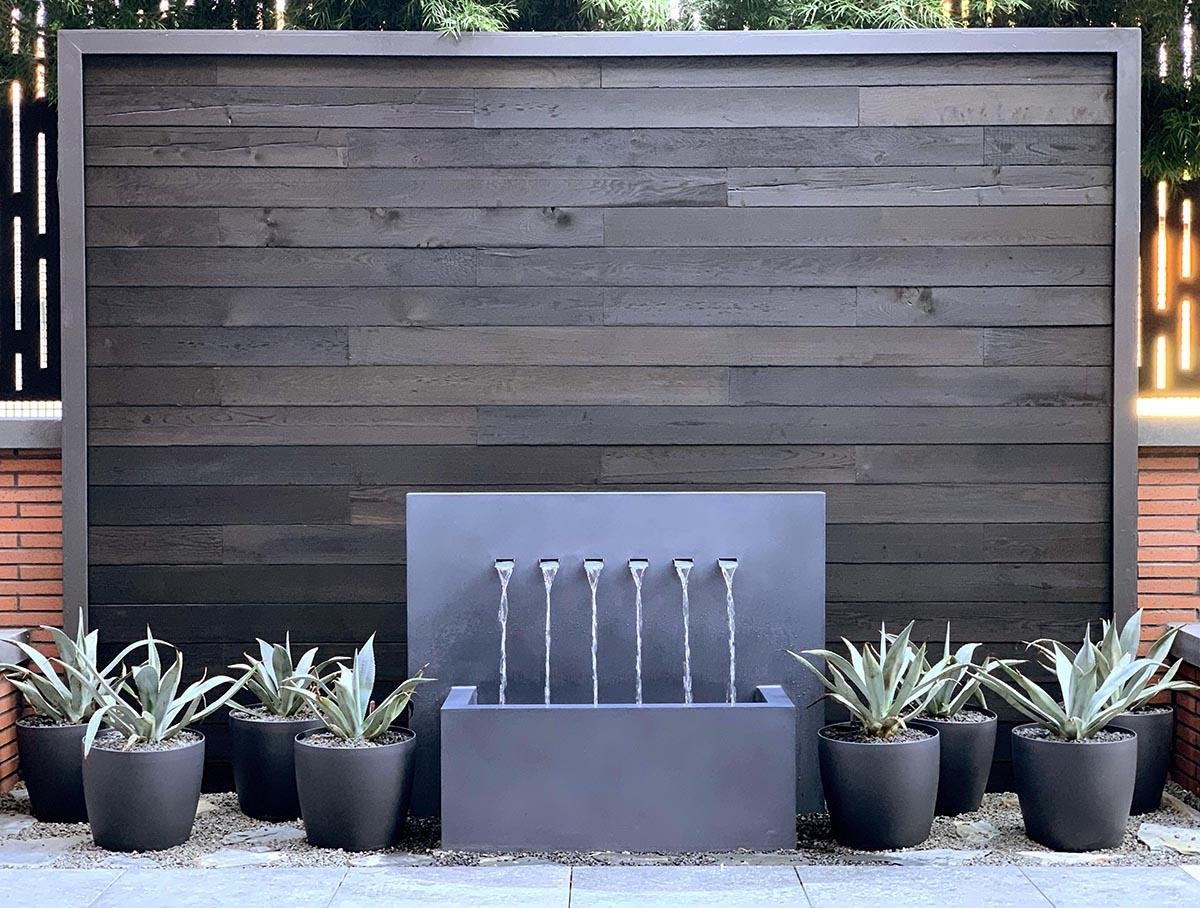Shou Sugi Ban: Japanese Burnt Wood Siding is a Hot Trend
What’s old is new again. In the case of shou sugi ban, there are good reasons for it. Japanese for “charred cedar board,” shou sugi ban is an ancient charring process that darkens the wood. This Japanese burnt wood comes in an array of textures and tones, establishes a distinct, sophisticated style, and checks all the boxes of what people want most – biophilic design, high performance, environmentally smart, and authentic presentation.
Biophilic Design
Our overall health and wellness crave connections to the natural environment. The shou sugi ban process results in wood that transforms the grain into a hypnotic seduction reminiscent of water. The grain’s waves and swirls flow across the wood. It’s elegant and elemental.
High Performance
Fire destroys wood. Paradoxically, just the right amount of char protects and preserves it. The thin layer of carbon produced in the charring process protects the interior wood making it naturally resistant to insects and moisture damage.
Environmentally Smart
Instead of using aggressive stains and paints to achieve a dark, bold look, this Japanese burnt wood process delivers it naturally. Because the process preserves the wood, it reduces maintenance including the applications of insecticides. It’s also available in the United States eliminating the need for importing exotic materials and the associated the carbon-intensive footprint that goes with transportation.
Authentic Presentation.
In a rebuke of style that is overworked, the nature of shou sugi ban is one of mesmerizing raw beauty. It offers its sleek and gorgeous patina as an inherent quality. It’s honest and we love it for that.
Check Out this Japanese Burnt Wood in Action: Pioneer Millworks provides shou sugi ban wood for interior and exteriors. See how it’s used as a two-story fireplace backdrop in a creative, herringbone pattern in a home featured in DesignNY Magazine’s 2022 issue.






